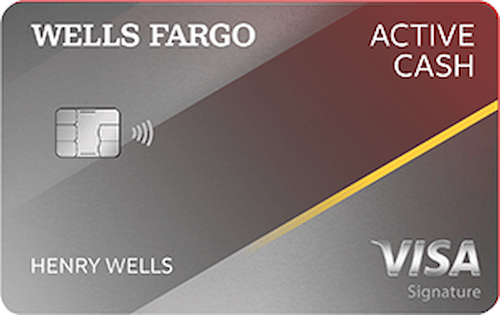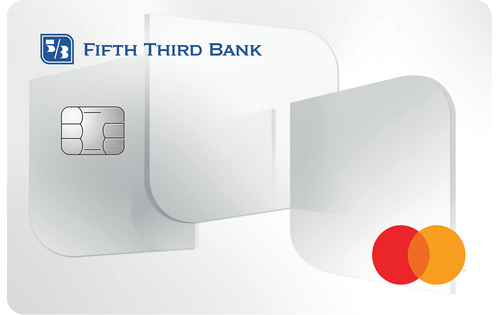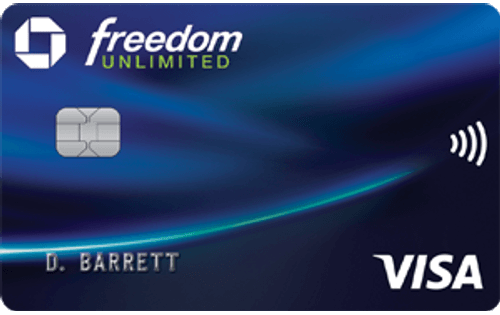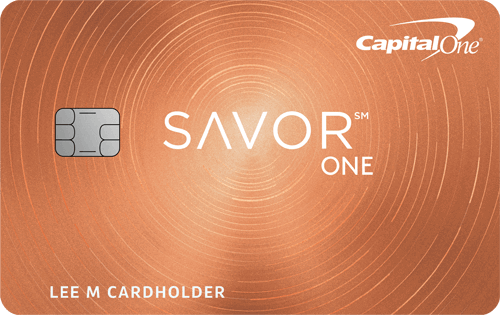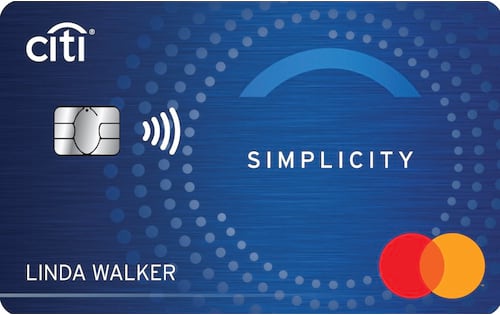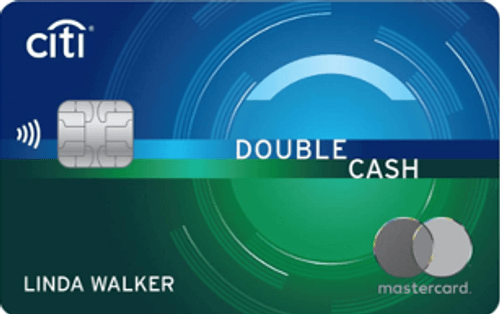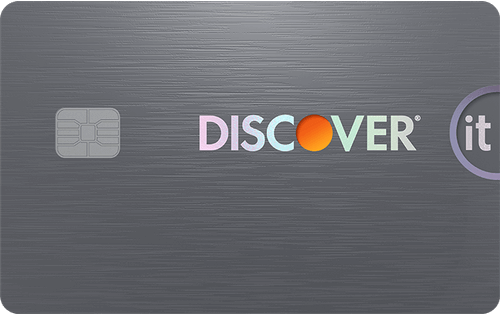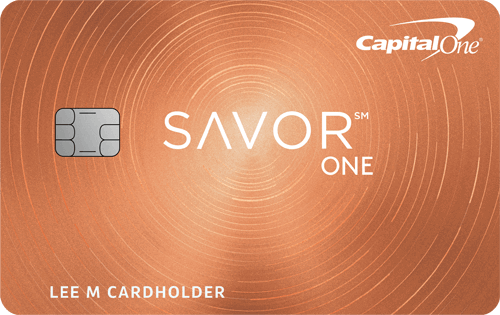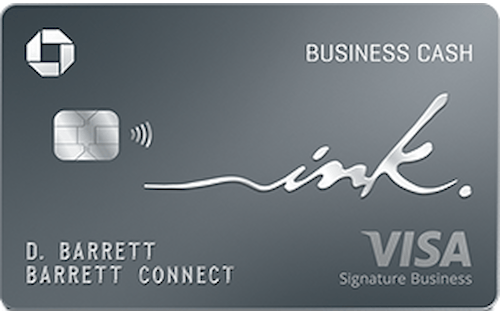- Our picks
- How we picked the best credit cards with no annual fee
- How to find the best no annual fee card for your needs
- Who should get a credit card with no annual fee?
- Sources
- About the author
- User questions & answers
- Expert opinions
Our Picks for Best Credit Cards with No Annual Fee in 2024
We compared more than 1,500 credit cards, including more than 900 cards with no annual fees, to identify the top options in the most popular categories. For your convenience, we’ll recap our picks for the best free credit cards that you can apply for right now.
Best Credit Cards with No Annual Fee Comparison
| Credit Card | Best For | Editor's Rating | Rewards Rate |
| Wells Fargo Active Cash® Card | Best Overall | 5/5 | 2% Cash Rewards |
| Chase Freedom Unlimited® | Bonus Cash Rewards | 5/5 | 1.5 - 5% Cash Back |
| Discover it® Miles | Travel | 4.5/5 | 1.5 miles / $1 |
| Fifth Third 1% Cash/Back Card | 0% Purchases | N/A | 1% Cash Back |
| Citi Simplicity® Card | Balance Transfers | 3.7/5 | N/A |
| Citi Double Cash® Card | Fair Credit | 5/5 | 2% Cash Back |
| Capital One SavorOne Student Cash Rewards Credit Card (see Rates & Fees) | College Students | 4.7/5 | 1 - 8% Cash Back |
| Chase Freedom Rise℠ | No Credit | 5/5 | 1.5% Cash Back |
| Discover it® Secured Credit Card | Bad Credit | 5/5 | 1 - 2% Cash Back |
How We Picked the Best Credit Cards with No Annual Fee
To identify the market’s best credit cards with no annual fee, WalletHub’s editors regularly compare more than 1,500 credit card offers based on key WalletHub Rating components. In addition to annual fees, we consider cards’ rewards, interest rates, approval requirements, and secondary benefits in order to pick the best no annual fee credit cards in the most popular usage categories. Selections range from the best rewards credit cards with no annual fee to the best credit cards with no annual fee for building credit.
WalletHub’s editors update their selections for the best credit cards with no annual fees when warranted, based on changes to existing offers, new offers being introduced, and cards being discontinued.
Sources
WalletHub actively maintains a database of 1,500+ credit card offers, from which we select the best options for different applicants as well as derive market-wide takeaways and trends. The underlying data is compiled from credit card company websites or provided directly by the credit card issuers. We also leverage data from the Bureau of Labor Statistics to develop cardholder profiles, used to estimate cards’ potential savings.
Beginner’s Guide to Credit Cards With No Annual Fee
What Does “No Annual Fee” Mean on a Credit Card?
No annual fee on a credit card means there is no yearly charge for owning the card. In nearly all cases, there’s no monthly maintenance fee, either.
Most credit cards don’t charge annual or monthly fees, though some cards cost hundreds of dollars per year. The average annual fee among credit card offers right now is $21.58, according to our extensive database of cards.
Learn more about credit card fees.
Is a No Annual Fee Credit Card Worth It?
A no annual fee credit card is worth it because it doesn’t have to cost you a thing, and it could help you improve your credit score and save money with rewards or 0% interest promotions. In other words, there’s a lot of upside and little extra downside compared to any other credit card.
The real question is whether paying an annual fee in return for better rewards and other perks is worthwhile. Sometimes, paying a fee actually allows you to save more overall. This is most likely if you’re a big spender who plans to pay the bill in full every month and wants to maximize your rewards.
Learn more about when no annual fee credit cards are worth it.
Pros and Cons of No Annual Fee Credit Cards
| Pros | Cons |
| Free to own | Smaller initial bonuses |
| Easy to save money | Lower ongoing rewards rates |
| Better 0% intro APR offers | High regular APRs |
| Cards for all credit levels | Relatively low credit limits |
| Help create a long credit history | Fewer secondary benefits |
Credit cards with no annual fees are better than the alternative, all else being equal. No annual fee cards also have more pros than cons overall. The biggest downside of a credit card with no annual fee is that you may not earn quite as much in rewards as you would with a card that charges a fee, particularly an elite travel rewards card. But if you’re not going to spend enough to earn enough rewards to cover the cost of an annual fee, it’s not worth paying.
Most of the advantages and disadvantages of credit cards with no annual fee are the same as the pros and cons of credit cards overall.
Annual Fee Credit Cards vs. No Annual Fee Credit Cards
| Category | Annual Fee | No Annual Fee |
| Cards Available | 250+ | 1,250+ |
| Popular Example | Chase Sapphire Preferred® Card | Wells Fargo Active Cash® Card |
| Best Cards’ 2-Year Value | $2,000+ | $1,500+ |
| Rewards Available? | Yes | Yes |
| 0% APR Offers Available? | Yes | Yes |
| Regular APR | High | High |
| Min. Credit Needed | Bad/limited | Bad/limited |
Note: The best cards’ two-year values reflect WalletHub calculations based on Bureau of Labor Statistics data for consumer spending. The number of cards available reflects WalletHub’s database of more than 1,500 credit card offers.
Learn more about the current credit card landscape.
Who Should Get a Credit Card With No Annual Fee?
You should consider a credit card with no annual fee if you are a light spender, you already have several credit cards, or you don’t plan to use the card regularly. Ultimately, the decision comes down to how much you can expect to save.
If you take a card’s annual fee into account and discover that you’ll still be able to save more than you would with the best no annual fee option, it might be worth paying the fee in that situation. The best approach is to compare lots of options and let the potential savings guide you.
When a no-annual-fee card isn’t ideal: A no annual fee credit card is not ideal if you have a good or excellent credit score of 700+ and you plan to spend a lot and pay the bill in full every month. In that case, you will likely save more money with a card that charges a fee but offers a big initial bonus and high ongoing rewards rates in your biggest spending categories in return. That’s especially true if you plan to travel frequently.
Just bear in mind that this is not a hard-and-fast rule. A lot depends on what cards are available as well as your specific spending habits and preferences.
Learn more about why it’s good to get a credit card with no annual fee and how to compare credit card offers.
How to Get the Best No Annual Fee Credit Card for Your Needs
-
Check your credit score.
You can check your credit score for free on WalletHub. Knowing what your credit score is will tell you which cards are realistic to consider. It will also help point you in the right direction fee-wise.
The lower your credit score is, the more important it is for you to get a no annual fee credit card. After all, low-cost credit improvement should be your top priority. And a no annual fee credit card can be completely free to use, as long as you pay any balance owed by the due date every month and avoid actions that will trigger any one-off fees that your card may charge.
Things aren’t so clear cut for people with good or excellent credit. Many of the best rewards credit cards charge annual fees, at least beginning the second year your account is open, but their generous benefits can more than make up for the cost if you use your card regularly.
-
Choose between good rewards and low rates.
You should choose between good rewards and low rates because you’re unlikely to find both in one package. Focus on rewards if you plan to pay the monthly bills in full and low rates if you’ll need to carry a balance from month to month.
If the best rewards card for your needs also happens to have a 0% introductory APR offer, or your favorite low-interest card has decent rewards, all the better. But you shouldn’t sacrifice in the area most important to you just to get a card with both.
-
Decide what other account terms to prioritize.
There’s a lot of variety among credit cards with no annual fee, so you need to figure out which features are most important to you. For example, if you want an initial bonus, one of the best no annual fee credit cards is the Capital One SavorOne Cash Rewards Credit Card (see Rates & Fees).
Similarly, Capital One VentureOne (see Rates & Fees) is among the best credit cards with no annual fee and travel rewards.
-
Check your WalletHub account.
WalletHub members get personalized credit card recommendations based on their credit history and profile information. If you don’t have an account, you can sign up for free.
-
Apply online for the quickest decision.
Filling out a credit card application is easy. You just need to provide some basic information about who you are (such as your name and Social Security number or Individual Taxpayer Identification Number) and your current financial situation (including your annual income). If you apply online and fill out the application thoroughly, you’re likely to receive an instant decision. If you’re approved, you could receive your card in the mail a few days later.
Learn more about choosing the perfect credit card.
Tips for Making the Most of a Credit Card With No Annual Fee
Set up automatic monthly payments.
Paying at least the minimum amount required by your credit card’s due date each month is the easiest way to build a good credit score, and missing due dates is a surefire way to damage your credit. The easiest way to essentially ensure positive results is to set up automatic monthly payments from a bank account. You can choose to pay the minimum, the full statement balance or a custom amount automatically.
Avoid paying interest at the regular APR.
Credit card interest rates are very expensive, and paying interest at an annual rate of 20%+ is not a winning strategy. It could end up costing you a lot more than an annual fee. With that in mind, try to take advantage of cards with 0% introductory APRs for financing purposes, and use a credit card payoff calculator to make sure the balance is paid off by the time the regular APR takes effect.
Keep your account open as long as possible.
The longer you keep a credit card account open, the better it is for your credit score, making your credit history seem longer than it would without the account. A card with no annual fee is especially well-suited to maintaining a long credit history because you can keep the account open long after you stop using the card regularly without wasting money.
Don’t stop looking for an upgrade.
Just because a particular no annual fee credit card works for you now does not mean it will always be perfectly suited to your needs down the road. Your needs may change, and new credit card offers will be introduced. Failing to at least consider the alternatives could therefore be a costly mistake.
For example, you could pounce on a particularly attractive initial rewards bonus offer or a 0% introductory APR. Or you might find a card with an especially high rewards rate for your favorite purchase category. You won’t know what you’re missing out on if you stop looking.
To learn more, check out some other common credit card mistakes to avoid.
